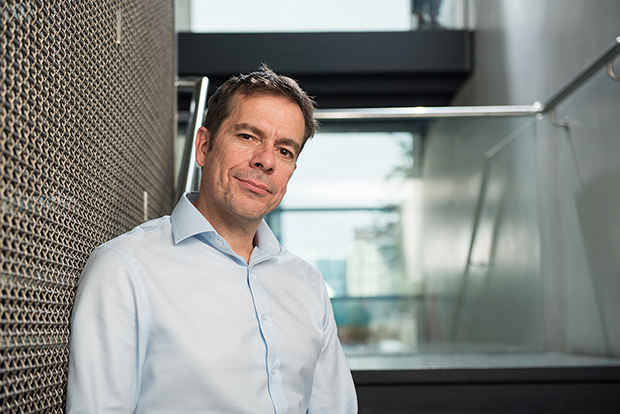
© Hugo Glendinning. (Click image for larger version)
Eddie Nixon has just been appointed as The Place’s Artistic Director – Graham Watts is first to interview him about his new role and plans…
“Punching at a different weight”
Many might be surprised to learn that Eddie Nixon has succeeded Richard Alston to become Artistic Director of The Place, since he has been talent-spotting and commissioning new work for The Place for several years: the recent revival of Avant Garde Dance’s Fagin’s Twist is a reminder of Nixon championing a great cause since he was instrumental in the show being produced. I went to The Place to speak to him a week prior to the announcement of his imminent promotion, which was then such a “walls have ears” secret that we had to decant to a local bar in order to discuss what his new job entails.
I started by suggesting that roles at the Place have always seemed interchangeable.
“It’s joyous that you see it that way because it is exactly what we want to achieve,” he responds, adding that “The Place is a model of how to integrate a huge volume of creative activity. Of course, there has to be autonomy about how people go about realising their ideas, but it is also essential for someone to knit it all together.” That is precisely how Nixon perceives his new role – the fourth job that he has had since returning to The Place, in 2006, having previously been an undergraduate student at London Contemporary Dance School and a member of the postgraduate dance company.
It is not just a new role for him but it will also be a very different remit from his predecessor, as Nixon explains: “This is a different opportunity because – for many years – the overall artistic direction of The Place has been led by a choreographer running a touring dance company and – understandably – that had to be Richard’s main focus. The landscape of what The Place has to do has grown in complexity over recent years. And, it is an almost impossible job to hold together a whole artistic structure of venue/producing house/school and all the other diverse aspects of the organisation, while running a significant touring dance company.”
Nixon’s former role gave him the artistic lead on what was programmed in the theatre – hence, for example, the commissioning of Fagin’s Twist – and aspects of The Place’s participation programmes but his appointment as Artistic Director now extends that remit to the whole organisation, encompassing all its multi-faceted activities, as he says: “it opens up the vision to include everything we offer – from the youth dance platforms, through undergraduate and postgraduate students and onto emerging performance opportunities, through Resolution, and into being a professional producing house. My role will be knitting all this together, holistically.”
Another major change will be to expand The Place’s reach well beyond its base, just off the Euston Road. “London has always been key to The Place,” Nixon explains, “but we have a fantastic responsibility as an organisation that can really shape what dance is and where it goes.” Nixon’s artistic remit will be national, expanding the profile of selected artists and enabling them to reach different audiences all around the UK. He is at pains to acknowledge that this is a duty in return for the resources that The Place receives from many stakeholders – he mentions Arts Council England and HEFCE (Higher Education Funding Council for England), in particular, acknowledging that this new responsibility is double-edged: “it’s about artists, but also audiences; both the people who we help to have a voice and the people that they speak to.”
Nixon’s appointment coincides with a significant strategic shift in outreach that underpins this geographical spread. The previous artistic model largely revolved around the resident company and touring it to mid-to-large-scale venues: “They have done that brilliantly,” Nixon acknowledges, “but that is not our only future.” Nixon sees that future encompassing village halls, small arts centres and outdoor festivals, working with partners like National Rural Touring Forum and the Greenwich Docklands Festival, amongst others; developing work that will bring new people to experience dance in venues that are off the beaten track; and this means presenting work – including family programmes – that will appeal to new audiences. Nixon adds that the process needs to be holistic; not just presenting work but aligning it to opportunities for learning.
He acknowledges that this will require careful thought about the artists that are commissioned and the work that The Place will produce, support and tour. “We need to make sure that it is a really diverse, broad range of artistic voices and the stories that they tell. It’s also about artistic partnerships and where we take that work.”
His own journey into the dance profession was a long-burning fuse that took some significant diversions along the way. “There’s a lot of cliché involved,” he acknowledges! His mother ran the local dance school and Nixon’s elder sister was a pupil. “I started dancing because I saw my sister on stage in an end-of-year show and I was really jealous of the attention she was getting! I can still taste that,” he confesses.
These early experiences happened in their home town of Swindon and he acknowledges that it was a good place and time to be a young person keen on the performing arts. “I was lucky enough to grow up in one of those towns during the 70s/80s where the local government had determined that culture should be one of the town’s things, putting money into various centres for the performing arts. Despite being a small town there was a lot going on.”
 From the age of eight, young Eddie was seeing dance performances locally and, from eleven, he was joining in workshops, perhaps influencing his later passion to provide similar opportunities for other young people. “That sense of being a young dancer and getting opportunities to work with people of a high level was very exciting,” he recalls.
From the age of eight, young Eddie was seeing dance performances locally and, from eleven, he was joining in workshops, perhaps influencing his later passion to provide similar opportunities for other young people. “That sense of being a young dancer and getting opportunities to work with people of a high level was very exciting,” he recalls.
Despite this exposure to “great dance” from such a young age, he wasn’t then thinking of a dance career. “I was good at school and I was also into all the performing arts.” He appeared in The Sound of Music and Bugsy Malone on the West End stage. However within a couple of years, doing well at school took over: “I enjoyed it, especially sciences and maths and that is what I thought I would be doing.”
At 17, he went to Bristol University to study chemistry. “To begin with, I didn’t really carry on seriously with performing arts, although we had a dance club and at some point towards the end of my degree, we had a show and it felt like something that had been asleep within me suddenly burst into life. I knew that this was what I wanted to do.” He had come so far with chemistry that Nixon decided to finish his degree but the desire to dance had been reawakened: “I knew that the people I wanted to spend my life collaborating with were the people that I was finding in the studio rather than the laboratory”.
Two other formative experiences that happened in Bristol were seeing Lea Anderson’s Flesh and Blood by the Cholmondeleys and Featherstonehaughs – “I was knocked over by its extraordinary depth”; and Rambert at the Bristol Old Vic where, by coincidence, Nixon knew one of the dancers. “I explained that I was wrestling with the idea of dancing and he said to me that I could only do that now; I couldn’t wake up in 10 years and then decide to be a dancer. I was already 20 and so his advice resonated with me, helping to make up my mind.”
He stuck with the chemistry well enough to earn a 2:1 but then rejected the opportunity for postgraduate studies to apply for a place at London Contemporary Dance School. Happily he achieved a scholarship. “I needed it because I had already done a first degree and I couldn’t get my fees funded, again.” At the point Nixon joined LCDS; it was transitioning from Graham-based training to a Cunningham base. His final year coincided with Alston becoming Artistic Director, which brought exciting opportunities: “We took class with Richard’s company and it was incredible working alongside dancers like Darshan Singh Bhuller, every day. I realised that you grow so much being around people like that.” It was also an exciting time for watching dance with international companies like Rosas and Ultima Vez performing at The Place: “As a student, you could see them for £2! I was constantly in the theatre, watching stuff.”
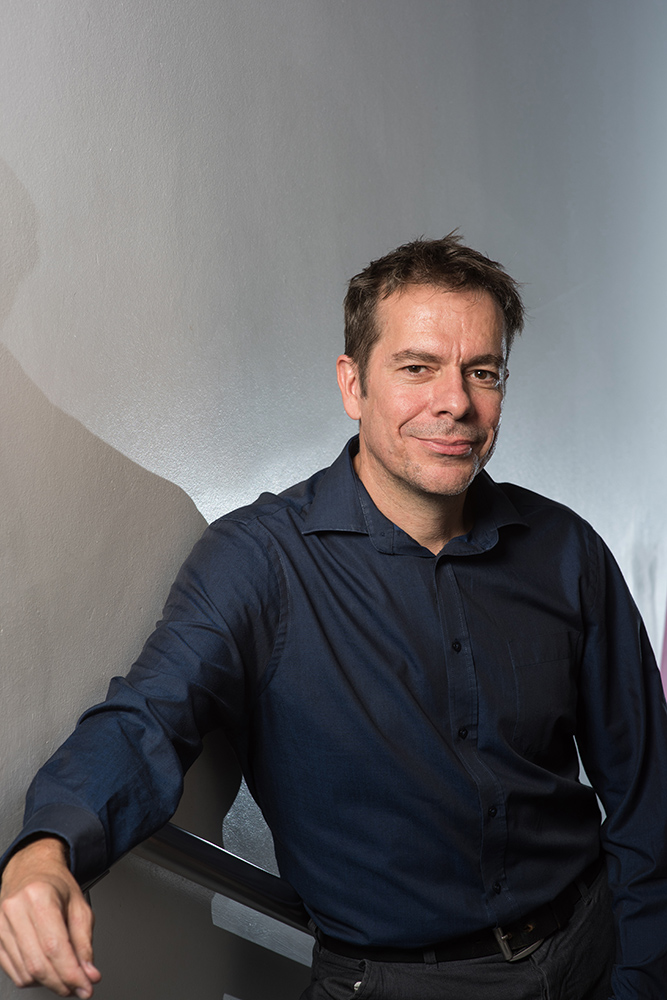
© Hugo Glendinning. (Click image for larger version)
Nixon’s own dancing career was relatively short, just ten years, but he was always busy, working with companies like New Adventures, DV8 and Protein. “I was always in work. It was a good time for dance funding. There was a lot going on and I felt really lucky. If there were ever odd weeks that I wasn’t dancing, then I would busy myself by helping out with company admin or at Dance UK. I didn’t really think about it at the time but I was preparing myself for how to stay involved with dance when I finished performing.”
By 2004, the excitement of continual touring was waning: “I wanted a family life but I was away, for 10/12 weeks at a time, touring all over the world. I was already in my early 30s so I began to anticipate what might be the next chapter.”
Around this time, Nixon saw an advert in The Guardian for the first-ever Clore Leadership Programme and he was attracted to both the transitioning aspect and the fact that it “opened up a space where you could investigate yourself.” He applied while still on tour with New Adventures – performing Play Without Words – and won a place. “I was winding down from dance, but still touring; I remember going to Japan, the USA and Russia while I did the programme. It was hectic but it all seemed to fit in.”
Nixon has never really aspired to making dance – “Like every dancer I have had that bug, but I’m in awe of the tenacity that is involved in realising that talent” – but he was concerned about how to replace that unique feeling of being on stage. However, he was equally excited by the buzz of the production week in the theatre. “There’s a whole load of adrenalin and a lot of people involved in trying to bring great ideas to the stage and I knew that was one of the moments where I felt most alive.” So, he decided that whatever he did after dancing would have to involve producing or working around a venue; but definitely not teaching or choreography.
While on placement in Oxford, as part of the Clore Leadership Programme, the role of Artist Development Manager came up at The Place. He admits that applying for the role did “feel strangely circular but I felt that the environment would really support me.” He got the job, in 2006, and although that particular role was short-lived, restructuring opened up a new post of associate director, which he transitioned into almost straightaway, and he has worked at the Place ever since.
I put it to him that the promotion to Artistic Director brings him full circle to a more senior version of his first job in Dukes Road, since the new strategy brings responsibility for actually making artist development happen. It’s a theme that he quickly warms to. “There is a passion in me to make sure that when people make great things, they get to be seen. As we embark on a rural touring model, we can take these works all around the country with the networks and partnerships that we are developing. We have the capacity to touch many audiences. The vision is to take that resource we have been able to dedicate to Richard and his company and spread it more widely to support many more independent artists.”
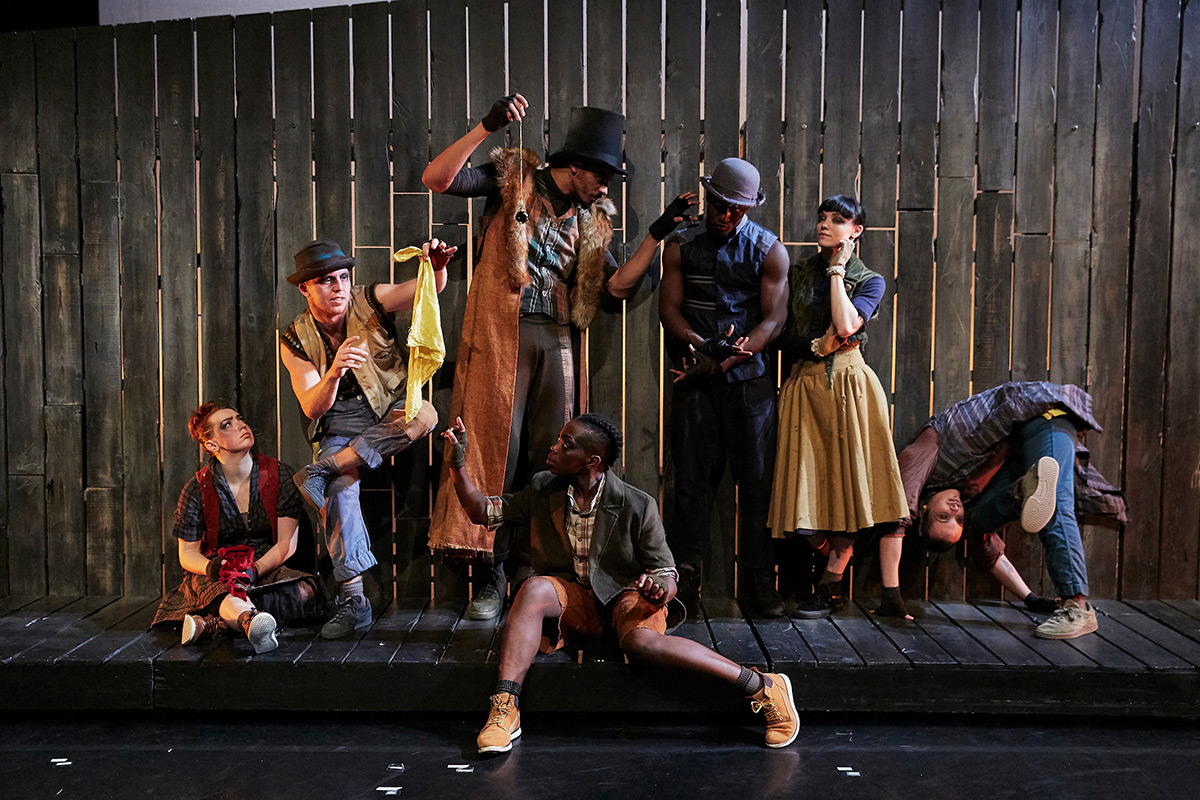
© Avant Garde Dance. (Click image for larger version)
He emphasises that it is not just about the smaller spectrum of dance and dance venues. “We will also be able to make bigger projects happen and push those forward at mid-scale because there is not enough work being made for those 400-600 seat theatres around the UK. There is an appetite for that not least because we are one of the few organisations that can match that ambition with resource and have the artistic connections to make it work.” He uses the current example of Fagin’s Twist touring to midscale venues as an exemplar of what can be achieved.
One has an abiding impression that Nixon is a man to whom ego is an unwelcome trait: “my personal victories are seeing other people’s work being made,” he asserts. His view of the asset he now directs is refreshing. “The theatre and the studios are just empty rooms. We are custodians of something we have been given and that thread is passed on. The Place is not driven by ego but by a collective desire to help good work get made and make the best use of our space. It’s not about my story – it is about the stories that people want to tell and that is the rewind to Robin Howard (founder of The Place). His vision created The Place but it was never about him; he invested his time to make things happen. For me, that is the condition for working here – that philosophy carries on – it’s not about you, it’s about what you can make happen. My responsibility will be to fill those empty rooms as wisely as possible.”
I’m left in no doubt about Nixon’s passion and any thought that I might have had about a “more of the same, approach”, from someone who has been with the organisation for so long, is blown away by the clear air of this new strategic vision. Nixon’s remit will be different but the emphasis on quality will remain the constant. “Richard had a kind of alchemy in creating work on his company and I need to foster a different kind of alchemy. Hopefully, we’ll still be making gold, but just a different kind of gold.”
I put it to him that The Place has always punched above its weight. He agrees, adding: “the weight gets a bit smaller and the belt gets tighter – but we have to keep punching.”









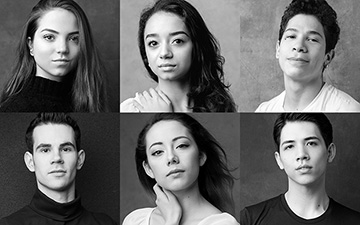
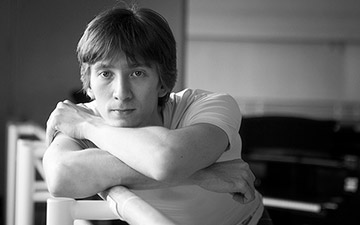
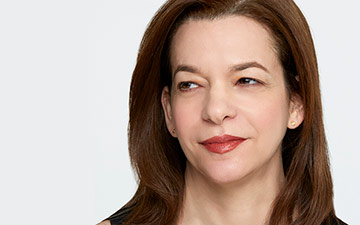
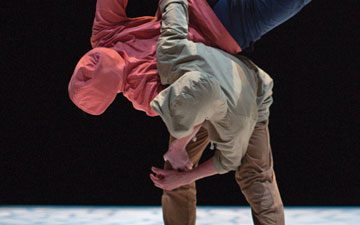
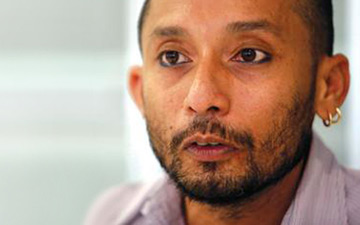

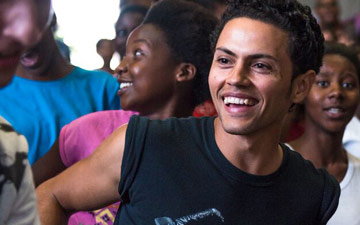
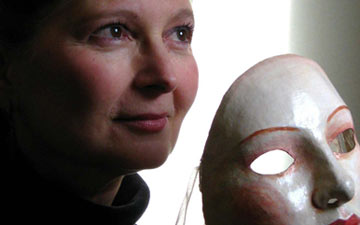
You must be logged in to post a comment.